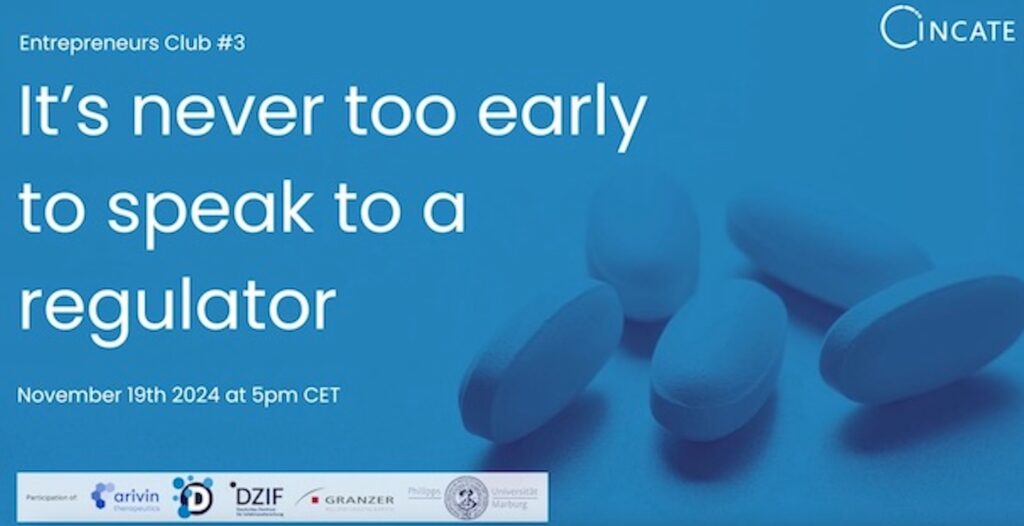
“Scary”, “suspicious”, “spooked”, or maybe even “trick or treat!”. These words could easily describe some of the activities from Halloween a few hours ago. As it turns out, they may just as aptly describe the first reactions of SMEs developing biotechnology-based AMR products, medical device or diagnostic devices for use with humans or animals. For many such companies, the thought of approaching and having a conversation with their local regulator about the product that they are developing can be stress-inducing, to say the least. It would not be an over-exaggeration to say that the decisions around when and how to approach regulators in the region where the product will be launched and sold can be quite daunting.
Founders and business owners often do not know what to expect of the process to be followed or what the requirements will be for getting regulatory approval for the device or intervention that they are developing. To add to this uncertainty, a perception often exists that the regulatory process is inflexible, that regulators are not approachable and that their demands may be difficult to meet.
This situation is amplified in the field of AMR, where the likely process to be followed or the outcomes that will need to be shown in clinical investigations can be less clear cut than in other fields.
There is no argument that having one’s work scrutinised by an external agency feels threatening and that this feeling of being vulnerable adds to the perceived stress within the situation. That being said, what is the best way to deal with this, as the requirement for approval by regulators is not going to go away.
Upsides
Regulation as a mechanism for balance and safety
A starting point is to try to keep the perspective of the regulator in mind. Regulators have a job to do in the form of protecting the public and to ensure that the products perform as advertised. Our experience of regulators is that take this responsibility seriously. They want new innovations to succeed but will not compromise on efficacy or patient and end user safety as defined in their protocols.
Regulation and the AMR landscape
Another thing to keep in mind when developing devices, diagnostics and therapeutics in the AMR space is that the regulatory landscape for AMR products and services is slowly changing. It looks different now to what it did even a decade ago, particularly after the COVID-19 pandemic. Changes continue to be made to accommodate the new reality of AMR as a long-term presence in society, even though these changes may often still be incremental in nature.
Residual barriers
Significant challenges nevertheless remain for developers of products that will be used to counter AMR.
The dynamics of developing antimicrobials and diagnostics for use in the AMR arena is not identical to those of conventional blockbuster drug development of previous years. Whilst the fundamental principles of scientific rigour remain at the heart of development of any device or intervention for use with humans or animals, differences arise in the specific outcomes to be aimed for in AMR as opposed to other clinical arenas.
The requirement for superiority rather than non-inferiority clinical trials to be run with antimicrobial products under development is a case in point. This outcome is problematic for new products that overcome AMR as efficacy of these products may be equivalent rather than superior to current products, even though the need to the new products overcoming AMR is undisputed. The end result of this requirement is that new and otherwise safe and efficacious AMR solutions are excluded from an already narrow pipeline.
The well-publicised mismatch between the accepted business model for payment for antimicrobial interventions and the cost associated with developing new diagnostics and therapeutics adds to this pipeline precipice by propagating a situation where demand outstrips supply of efficacious antimicrobial interventions.
In practice
So when is the best time to take the plunge and start the conversation with your regulator? In all instances, the answer is to do this as early as possible. They are in the best position to guide your development process and prevent avoidable costs and re-work later in the process. Your role is to listen to them, ask the right questions and keep them updated as your development process continues.
To hear directly from people who have direct experience of working with Regulators to develop AMR-related solutions, login to the INCATE Entrepreneurs Club #4 – It’s never too early to speak to a regulator from 4pm – 5:30 pm on 19 November https://bit.ly/3A6mri8
